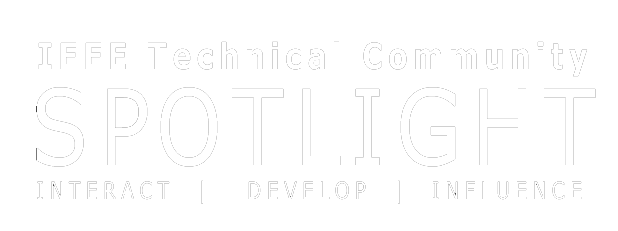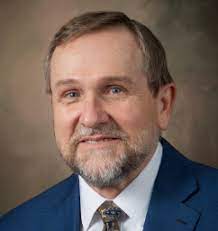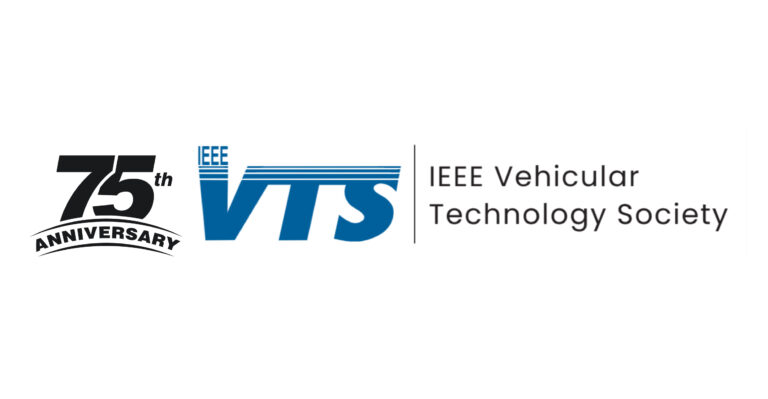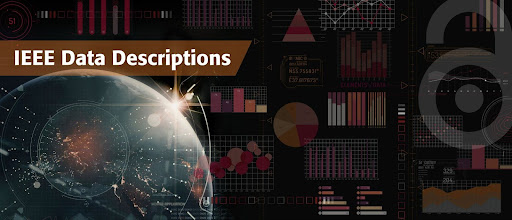
The Power & Energy Society (PES) has been a cornerstone of IEEE since the origin of the IEEE on January 1, 1963. The roots of PES go back to 1884 when the AIEE (American Institute of Electrical Engineers) was formed.
Norvin Green, President of Western Union, served as the first AIEE President with six Vice Presidents including Alexander Graham Bell and Thomas Alva Edison.
PES’ Evolution Tracks Technology
Since its inception, PES’ fields of interest have evolved to incorporate technologies as they developed, such as AC Versus DC, steam turbines, centralized generation, integration of distributed generation into the grid and many other developments. The introduction of power electronics is amongst the most important. PES has incorporated the areas of FACTS (Flexible AC Transmission System), Smart Grid, adjustable-speed drives, rectification and High Voltage Direct Current (HVDC).
PES Leads in IEEE Standards
PES is active in the development and maintenance of a significant number of IEEE Standards, and is responsible for almost half of the total IEEE Standards, including IEEE 2778-2020 – IEEE Guide for Solar Power Plant Grounding for Personnel Protection, which offers guidance on grounding system design for photovoltaic solar power plants which help combat climate change. While IEEE Standards IEEE 1547.9, IEEE 2030.2 and IEEE P2686 help enhance battery storage.
A Power House of Content for Power & Energy Technologists
In addition, PES sponsors two magazines, six Transactions, an open-access Journal, and a Letters Journal along with many conferences around the globe, including the bi-annual PES T&D Conference being held in Anaheim, California in May.
With 21 Technical Committees, there is a specific technology area for any Power Energy enthusiast, with scopes ranging from a specific piece of equipment, such as surge arresters, transformers, switchgear to systems, such as transmission and Distribution, Substations, and system planning. Each technical committee generates technical reports, white papers, and if appropriate, standards associated with the committee scope.
Thinking Globally While Acting Locally
With over 800 Chapters, PES members who share technical interests and geographical proximity have the opportunity to meet and learn from fellow IEEE members as well as network and enable personal and professional growth. PES was the first IEEE Society to hold a Chapters Congress of all of its Chapters in Denver, CO, USA in 1997. After the second Chapters Congress in 2001, the concept of regional or multi-regional meetings became a more productive way to bring members together..
IEEE’S FIRST RESOURCE CENTER
PES has often led the way with innovation and that’s true when PES launched the first Resource Center in 2013. The Resource Center was launched to complement the IEEE Xplore digital library with a focus on providing content that meets the needs of individuals and/or industry practitioners. The PES Resource Center provides Society members with hundreds of technical, professional and membership tutorials available for free to PES members, including CEUs and PDHs are available for those wanting them.
PES is an IEEE Society of the future as it continues to address the issues confronting its members.






2 Responses
Para la docencia PES ha sido y es un recurso fundamental.
Wonderful summary, from great beginnings!